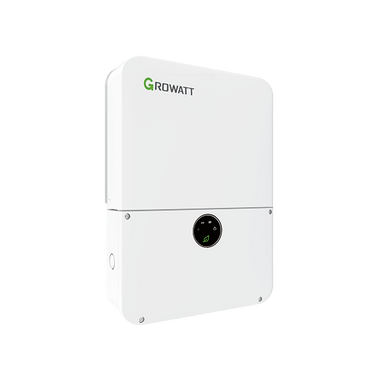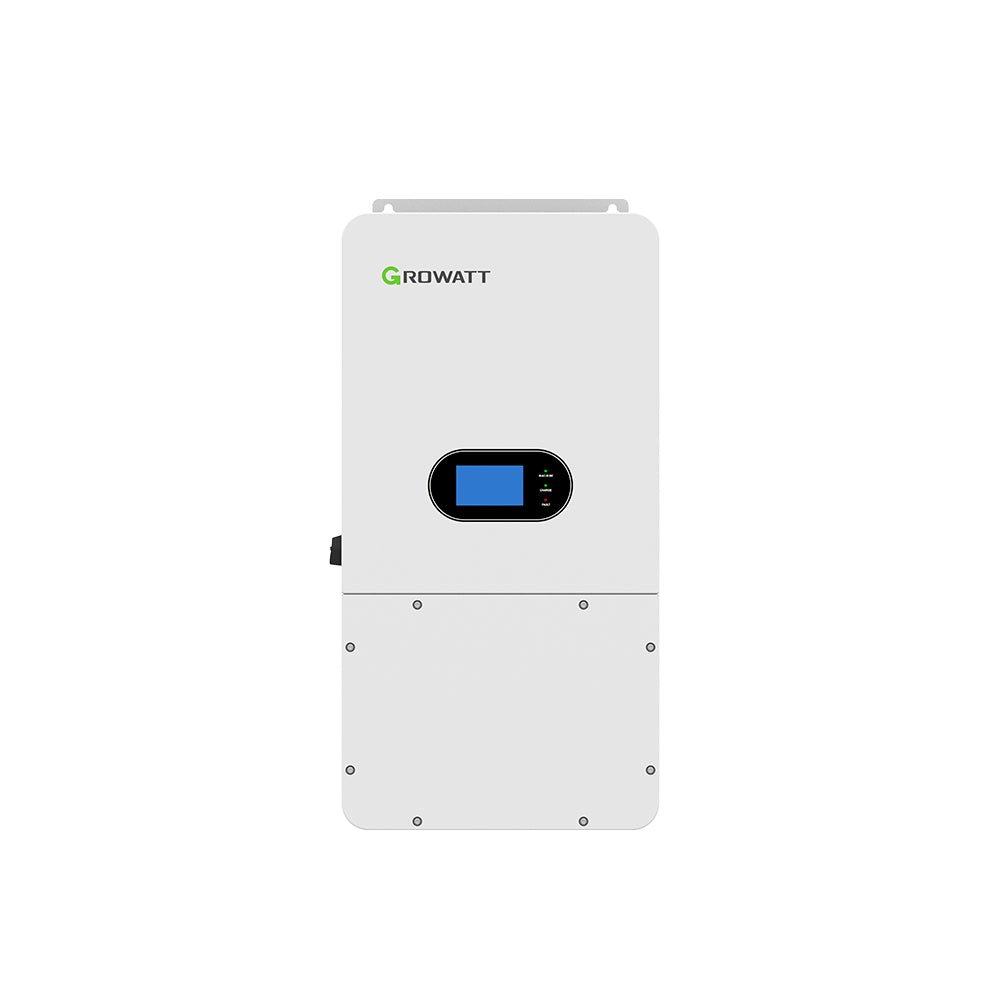John Hutch
New Member
After receiving a call from my utility company about backfeeding the grid with my EG4 3kw inverter that I was running in an off grid mode, I am attempting to replace this unit in my system. I plan to try to get a level 1 connection permit from Kentucky Utilities since they tell me that this may allow me to meet their regulations for the installation. They require a UL 1741 certification on their forms, and the smallest inverter I can find that offers this is an EG4 6000 XP.
Since I sized my system only for a back up when the grid goes down, I installed 2.2kw of solar panels, 10kw of server rack batteries, and 10 awg wiring, to support the 120 volt 3k inverter. I used this setup to power a 110 volt critical loads panel and it worked quite well with the past few power outages. I also have a 3400 watt inverter generator in case of a longer power outage when solar is not adequate.
From reading the literature available online I find the following information. With the 6000 XP, which is a 240 volt system, I will have probably need to add more panels, add an additional battery to be >200 ah, rewire with a 240 volt 50amp breaker and 8 awg wiring. My generator will also not be able to run the system as it is only 120 as well. In other words I will have to rebuild the system from scratch.
Is anyone aware of any company that is building a 120 volt inverter that is about 3kw, and UL 1741 certified, for sale on the market today? I have been searching for weeks, and have not seen one that I can use as a replacement in my build.
I was not trying to sell power back to the grid, but I have even been searching for a UL 1741 grid tie string inverter that I could possibly use with my solar panels. My thought is that I could power my home panel with some solar when all was running normally. In the event of power outage I could still use the EG4 3k with the batteries to power the emergency panel as a UPS. The only problem is I have not been able to find an approved grid tie inverter in the lower wattage range as well. Has anyone found any lower wattage units that would work?
Since I sized my system only for a back up when the grid goes down, I installed 2.2kw of solar panels, 10kw of server rack batteries, and 10 awg wiring, to support the 120 volt 3k inverter. I used this setup to power a 110 volt critical loads panel and it worked quite well with the past few power outages. I also have a 3400 watt inverter generator in case of a longer power outage when solar is not adequate.
From reading the literature available online I find the following information. With the 6000 XP, which is a 240 volt system, I will have probably need to add more panels, add an additional battery to be >200 ah, rewire with a 240 volt 50amp breaker and 8 awg wiring. My generator will also not be able to run the system as it is only 120 as well. In other words I will have to rebuild the system from scratch.
Is anyone aware of any company that is building a 120 volt inverter that is about 3kw, and UL 1741 certified, for sale on the market today? I have been searching for weeks, and have not seen one that I can use as a replacement in my build.
I was not trying to sell power back to the grid, but I have even been searching for a UL 1741 grid tie string inverter that I could possibly use with my solar panels. My thought is that I could power my home panel with some solar when all was running normally. In the event of power outage I could still use the EG4 3k with the batteries to power the emergency panel as a UPS. The only problem is I have not been able to find an approved grid tie inverter in the lower wattage range as well. Has anyone found any lower wattage units that would work?






